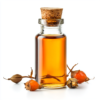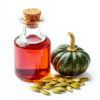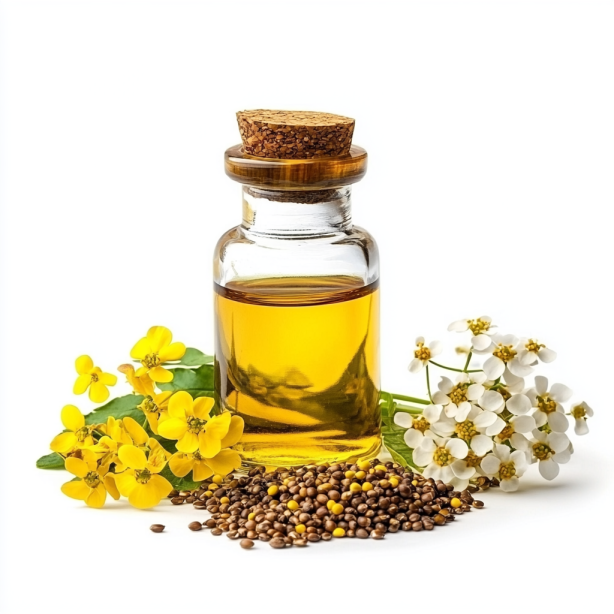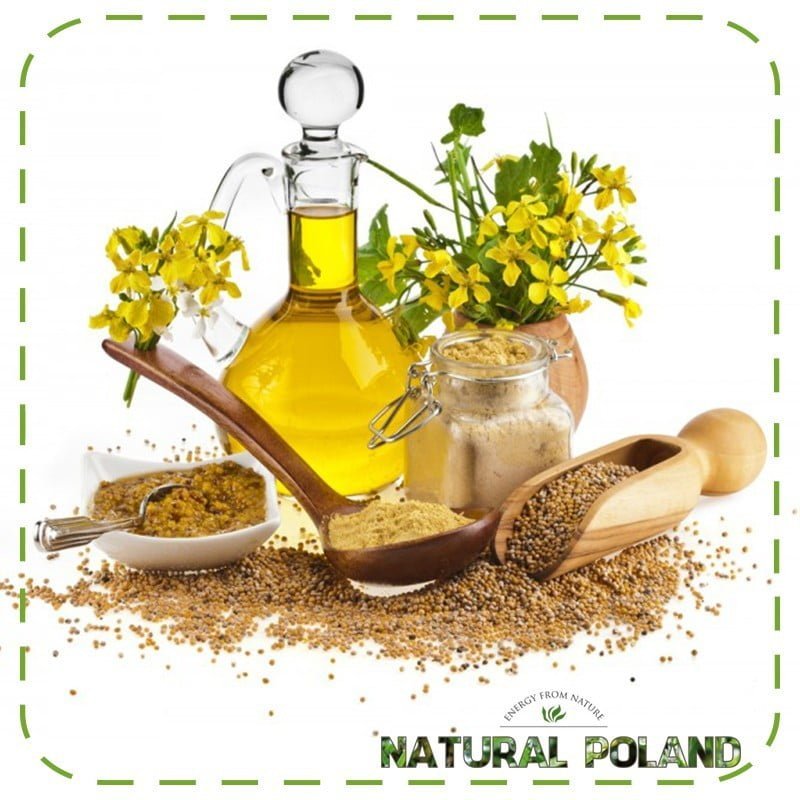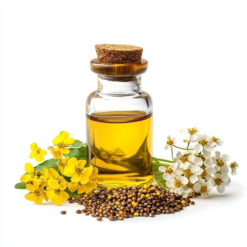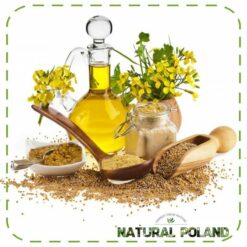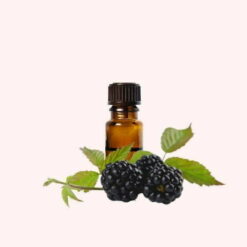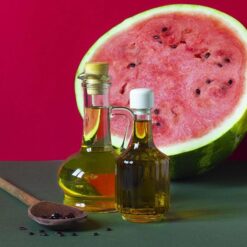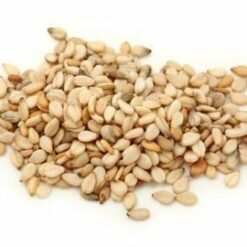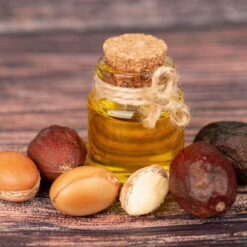Mustard seed oil is a valuable product with wide applications in both the food and cosmetic industries.
Nutritional Properties
Mustard oil stands out among other vegetable oils with its yellow or amber color and a distinct, slightly spicy aroma. It contains high concentrations of omega-3 and omega-6 fatty acids, which are crucial for heart health and proper functioning of the circulatory system. Regular consumption of mustard seed oil can contribute to lowering LDL cholesterol levels (“bad cholesterol”) and support blood circulation, which is important in the prevention of cardiovascular diseases.
Application in Natural Medicine
Traditionally, mustard oil was also used as an aid in treating infections, coughs, and colds due to its antibacterial and anti-inflammatory properties. Its external application can bring relief to respiratory tract inflammations, acting soothingly and warming.
Cosmetic use
In the cosmetic industry, mustard seed oil is valued for its moisturizing and regenerating properties. It is rich in vitamins A and E, which are known antioxidants. It helps maintain skin elasticity, reduce fine wrinkles, and improve overall skin texture. This oil is also used for hair care, where its nourishing and strengthening action.
Mustard oil is also recommended for use on dry, cracked heel skin and brittle nails, making it an effective ingredient in balms, creams, and other body care products. This oil can also serve a protective function against harmful UV rays.
Fatty acid content:
| Acid name | C-Chain | Range (%) | Result |
|---|---|---|---|
| PALMITIC | C16:0 | 1.0-5.0 | 2.7 |
| STEARIC | C18:0 | 0.5-3.0 | 0.9 |
| OLEIC | C18:1 | 17.0-26.0 | 21.9 |
| LINOLEIC | C18:2 | 7.0-12.0 | 19.8 |
| LINOLENIC | C18:3 | 5.0-16.0 | 8.1 |
| ICOSENOIC | C20:1 | 5.0-16.0 | 13.2 |
| ERUCIC (22:1n9) | C22:1n9 | 34.0-49.0 | 39.8 |


